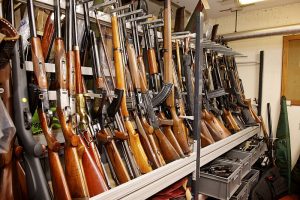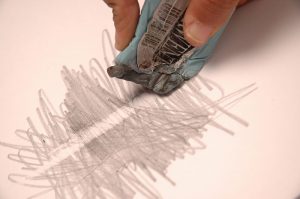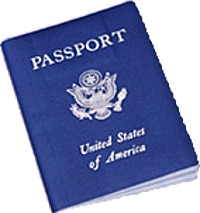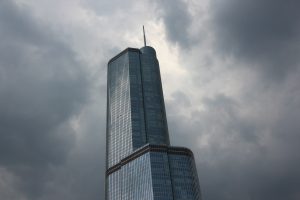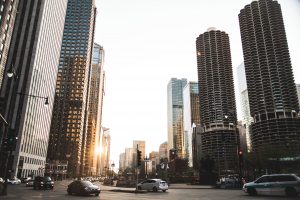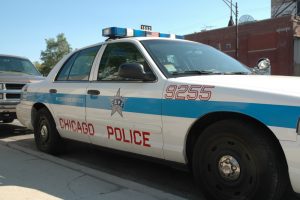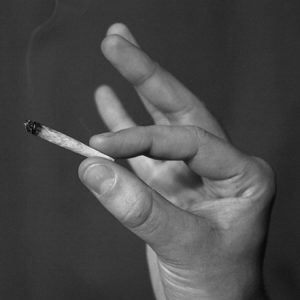 Upon arrest, a defendant is normally taken through a preliminary hearing according to the provisions of statutory instrument number 725 ILCS 5/110-5. This is a critical step for the defense lawyers because that is when a finding of probable cause is considered. It can be undertaken by either a judge in chambers or the grand jury. The litmus test is the preponderance of evidence. This evidence is adduced through testimony and some limited cross examination by the prosecutor. Defending attorneys sometimes complain that this stage of proceedings is so obviously dominated by the prosecutor that they can literally set the agenda from the word go.
Upon arrest, a defendant is normally taken through a preliminary hearing according to the provisions of statutory instrument number 725 ILCS 5/110-5. This is a critical step for the defense lawyers because that is when a finding of probable cause is considered. It can be undertaken by either a judge in chambers or the grand jury. The litmus test is the preponderance of evidence. This evidence is adduced through testimony and some limited cross examination by the prosecutor. Defending attorneys sometimes complain that this stage of proceedings is so obviously dominated by the prosecutor that they can literally set the agenda from the word go.
The finding of a probable cause then leads to the arraignment and assignment. The rules and practice in Chicago is to take no more than two weeks after the preliminary hearing or grand jury indictment. The presiding judge first assigns the defendant his trial judge. This is the senior judicial officer that will hear the case right through the determination of innocence/guilt, including the consequent punishment phase. The reason for using one judge are rooted in the need to ensure consistency and fairness. In any case, it is expected that the trial judge will have an intimate knowledge of the case which might become critical when handling matters of appeal.
Advice from Seasoned Attorneys
 Chicago Criminal Lawyer Blog
Chicago Criminal Lawyer Blog


